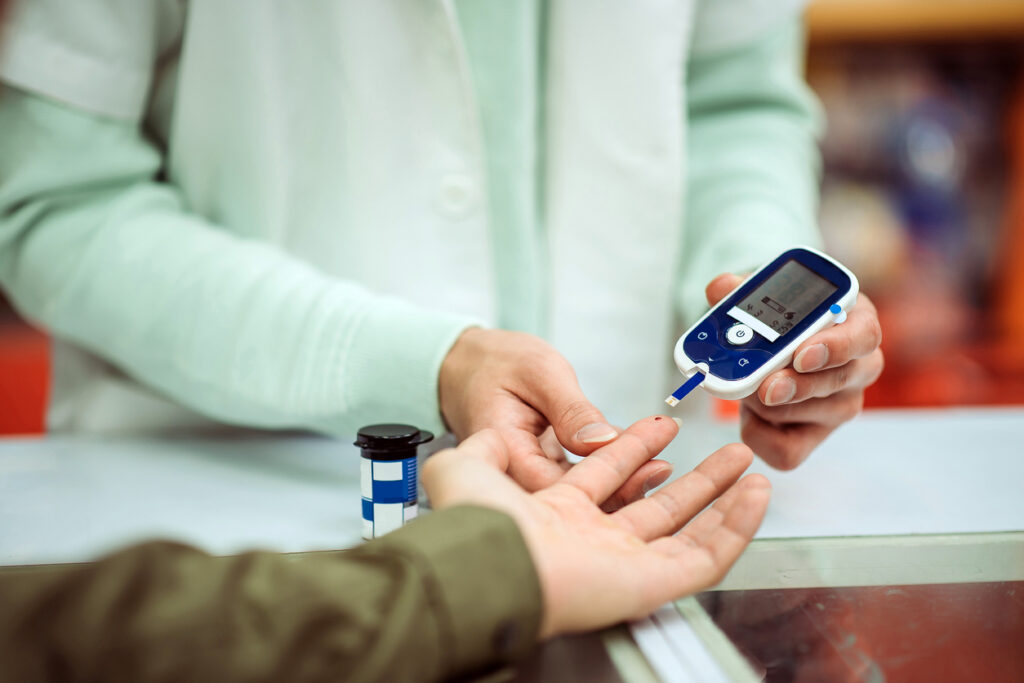Intravesical (within the bladder) BCG is one of the most commonly used immunotherapies used in bladder cancer treatment. Bacillus Calmette-Guerin (BCG) is the vaccination used to protect against tuberculosis (TB), yet when administered into the bladder is thought to provoke an immune response. The intravesical BCG, an inactivated form of the bacterium Mycobacterium tuberculosis, is administered via catheter directly into the bladder where it remains for two hours. The immune response is successful in reducing the recurrence of bladder cancer, possibly by destroying any remaining cancer cells.
How does it work?
Immunotherapies work by creating a reaction within the body’s immune system that works to restore or boost the body’s natural immune defence. How exactly immunotherapies work to destroy cancer and reduce the possibility of recurrence is relatively unknown apart from the known response from the body’s immune system. Intravesical BCG immunotherapy is used for high grade tumours, often in patients with multiple or recurrent tumours. Treatment with intravesical BCG has shown to delay progression to the muscles or/and metastatic disease, preserve the bladder and decrease the possibility of death from bladder cancer.
The intravesical BCG treatment
This treatment is performed in an outpatient setting generally and involves the insertion of a catheter and the administration of BCG directly in to the bladder. To administer the BCG vaccine, the bladder must be completely empty, therefore patients are recommended to restrict fluid intake for 8-12 hours and have no fluid for 4 hours before the treatment. The BCG vaccine in combination with saline is infused through the catheter into the bladder in combination with a vaccine through the skin. The BCG solution must remain in direct contact with the bladder for two hours. When emptying the bladder, you must avoid direct skin contact both during and after urinating, as the solution may cause skin irritation or a rash. The bladder must be completely emptied, with men being advised to sit while urinating to avoid splashing. Afterwards the genital area as well as the hands must be thoroughly cleansed and washed. As this treatment uses live bacteria, the possibility of contamination means the toilet must be neutralized. This can be done by pouring two cups (or a pint) of neat bleach into the toilet and letting it stand for 15-20 minutes before flushing. The bladder should be thoroughly flushed after the treatment by increasing fluid intake.
Side Effects
Most patients do not experience any side effects, but a proportion do suffer some mild side effects. These side effects include:
- Approximately 2 out of 3 people experience an irritated bladder from the solution, which is similar to a urinary tract infection (UTI).
- Some feel they want to pass more urine than usual.
If you experience any of the below side effects it is recommended you contact your doctor:
- Flu-like symptoms.
- Increased fatigue.
- Blood or clots in the urine (haematuria).
- Frequent or persistent cough.
Post-treatment precautions Sex: Men who receive the intervesical BCG treatment can infect their partners during sex with BCG. It is recommended that you should not have sex 48 hours after each treatment. A condom is advised for sex during the six week period and it is recommended that a condom is used six weeks after the treatment has ended.
Risks
Being administered BCG vaccine does not mean you are infected with tuberculosis. There are risks associated with BCG treatment, approximately 1 in 1000 develop significant local reaction and contraction of tuberculosis, a potentially fatal and very infectious disease, develops in fewer than one in a million. Intravesical BCG treatment requires an experienced medical professional to administer the treatment, as patients need to be selected with a particular set of criteria in mind to ensure that they are healthy enough for the vaccine.
References
[1] Lamm DL, Riggs DR, Bugaj M. BCG versus chemotherapy in rapidly recurring papillary carcinoma and carcinoma in situ. Proceedings of the first Lubeck symposium on bladder cancer; Oxford: Medicine Publishing Foundation; 1997:63-74. [2] Kasper D et al. Harrison’s principles of internal medicine. 16th ed. New York; McGraw-Hill; 2005. [3] Souhaimi et al, editors. Oxford Textbook of Oncology. 2nd ed. Oxford ; New York : Oxford University Press; 2002.
All content and media on the HealthEngine Blog is created and published online for informational purposes only. It is not intended to be a substitute for professional medical advice and should not be relied on as health or personal advice. Always seek the guidance of your doctor or other qualified health professional with any questions you may have regarding your health or a medical condition. Never disregard the advice of a medical professional, or delay in seeking it because of something you have read on this Website. If you think you may have a medical emergency, call your doctor, go to the nearest hospital emergency department, or call the emergency services immediately.







